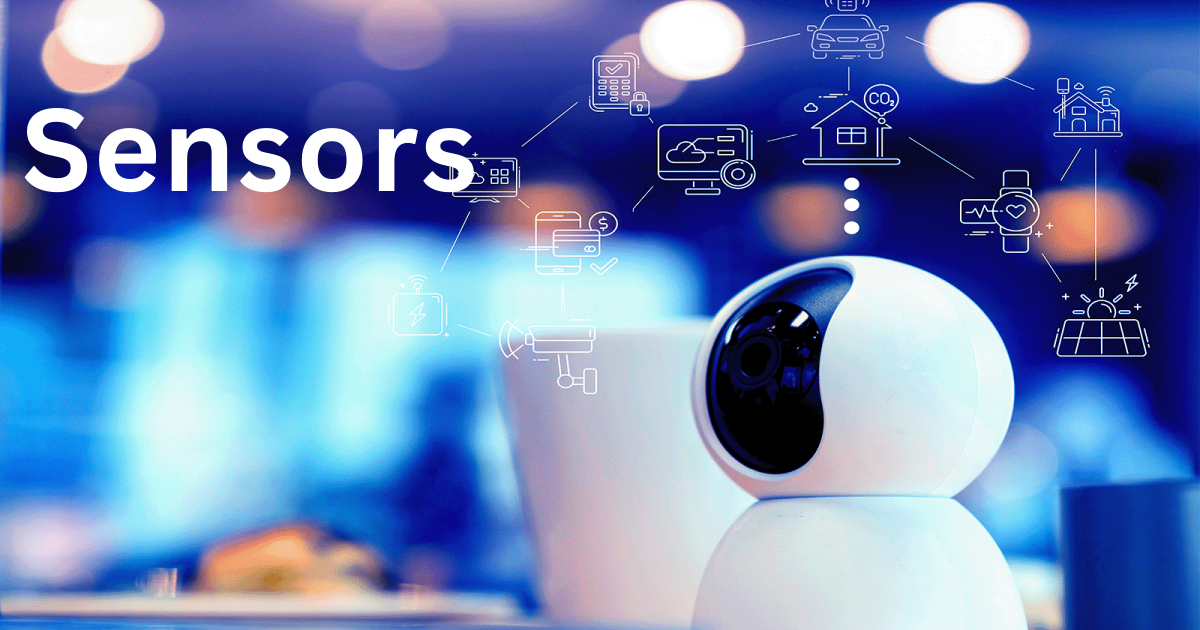
A device that provides a usable output in response to a specified measurement. The sensor attains a physical parameter and converts it into a signal suitable for processing the characteristics of any device or material to detect the presence of a particular physical quantity. The output of the sensor is a signal which is converted to a human-readable form like changes in characteristics, changes in resistance, capacitance, impedance, etc
An energy meter is a device used to measure the amount of electrical energy consumed by a building, facility, or electrical device. It tracks the usage of electricity over time, usually in kilowatt-hours (kWh), allowing users to monitor and manage their energy consumption. Energy meters are typically installed by utility companies to bill customers based on their usage. There are two main types: electromechanical meters (older, with spinning dials) and digital (or smart) meters (modern, with digital displays and remote reading capabilities).
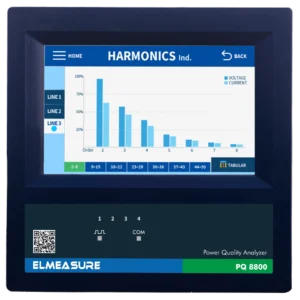
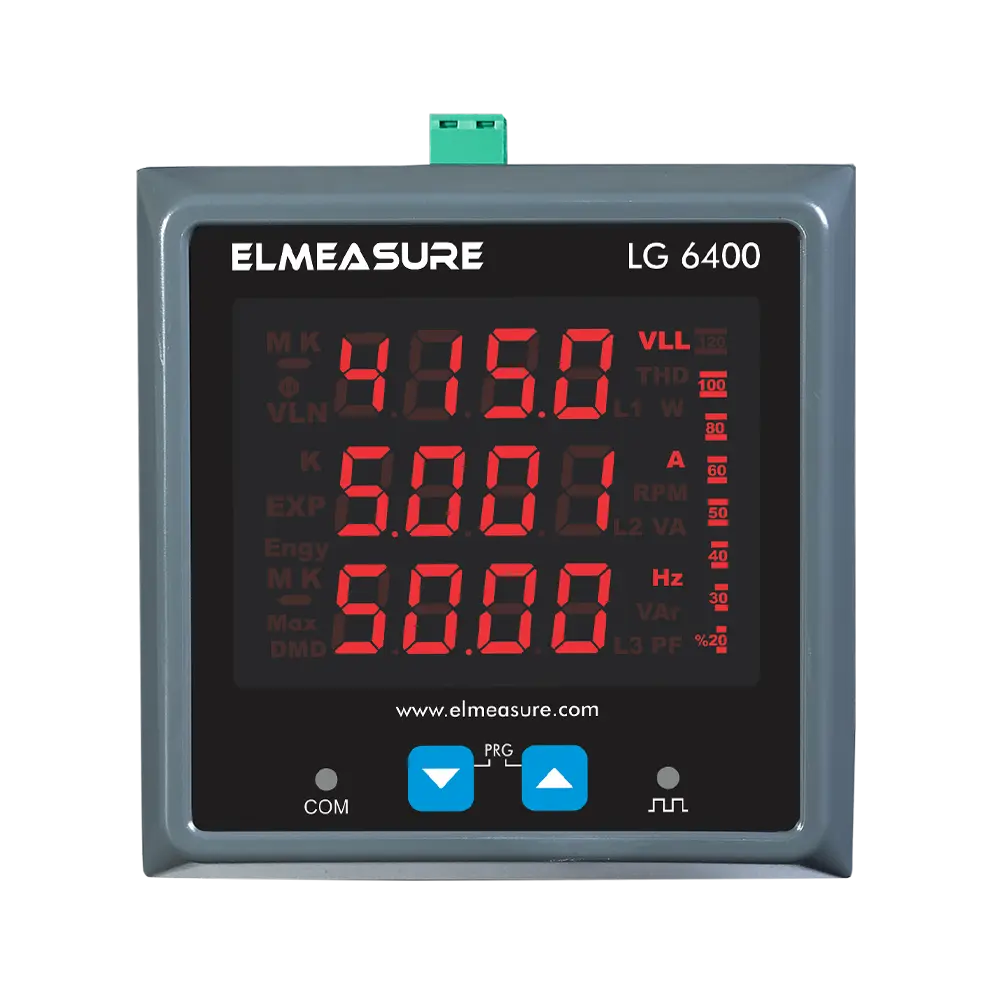
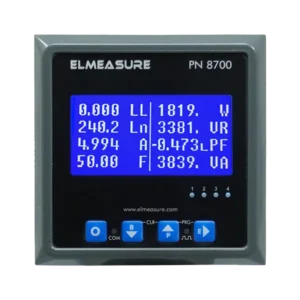
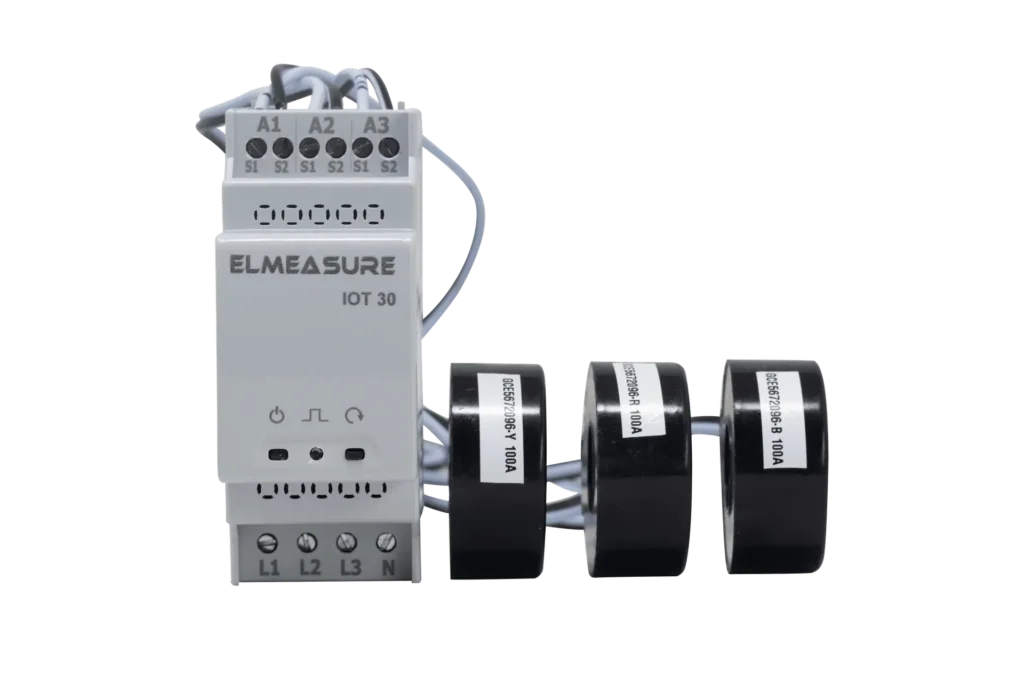
A temperature sensor for websites is a device that measures the temperature of an environment and sends the data to a web platform for remote monitoring. These sensors are commonly used in smart homes, industrial applications, or environmental monitoring systems. The temperature data is typically uploaded to the cloud or a server, where users can view real-time temperature readings via a website or mobile app. This allows for convenient tracking and management of temperature conditions from anywhere.
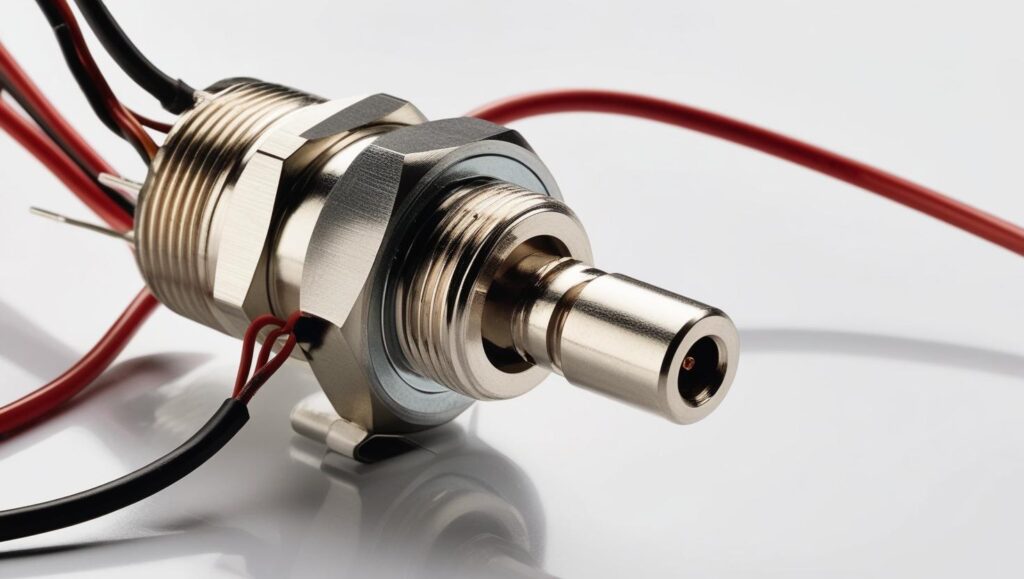
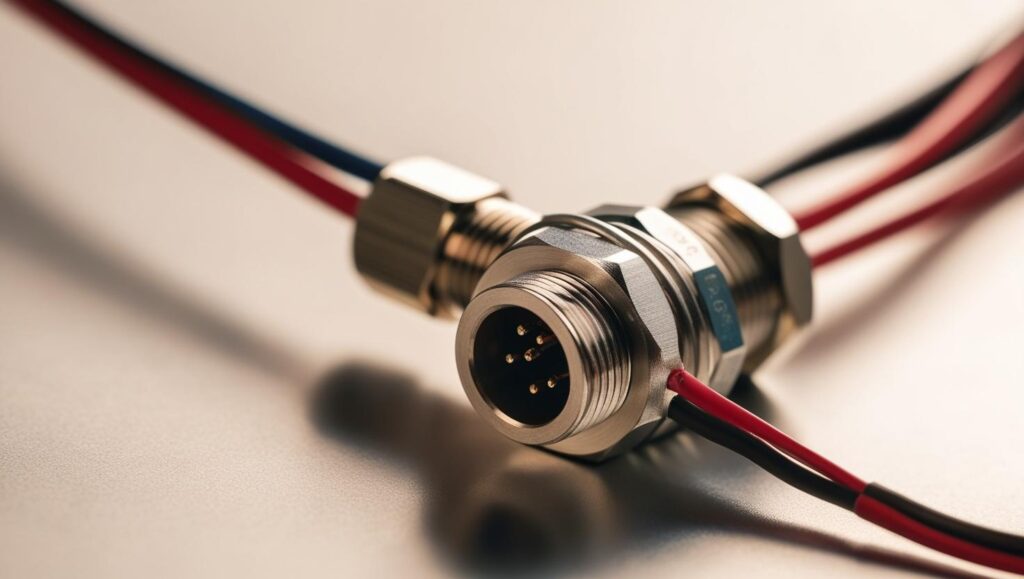
A humidity sensor for websites typically refers to a device that monitors the humidity levels in a specific environment, with the data being transmitted to a web interface for remote monitoring and analysis. These sensors are often used in applications like smart homes, agriculture, or industrial settings, allowing users to track and manage humidity levels from anywhere. The sensor data is usually uploaded to the cloud, where it can be viewed in real-time through a website or app, providing users with insights for optimal environmental control.
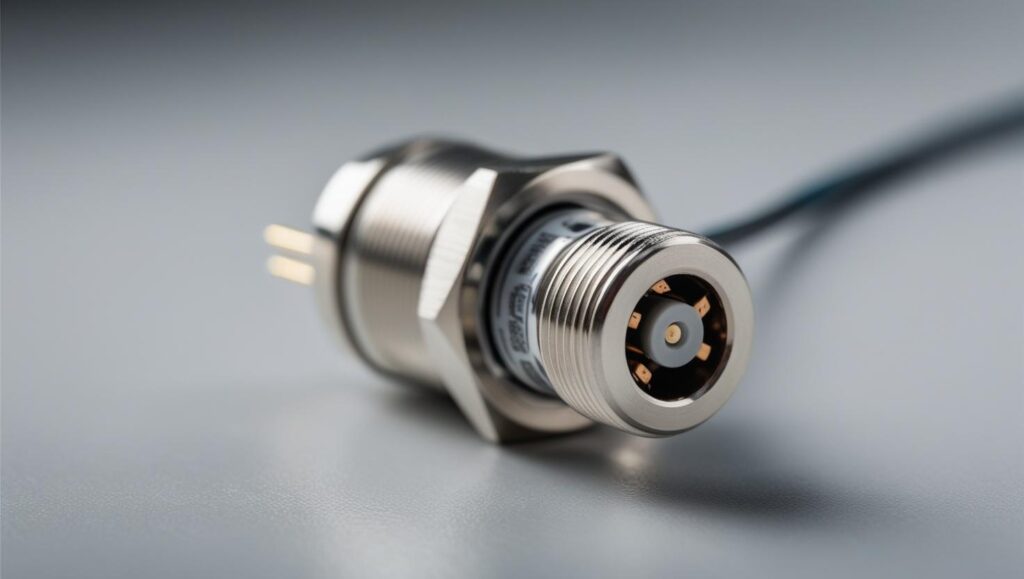
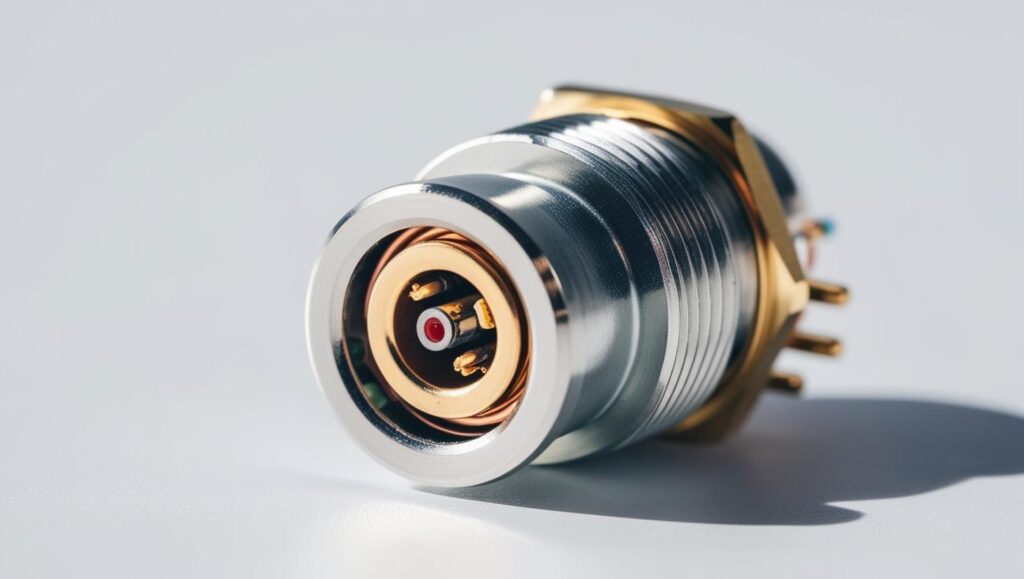
An arc flash sensor is a device designed to detect and monitor arc flash events—sudden electrical discharges that can cause significant damage or hazards in electrical systems. These sensors detect the light, heat, or pressure changes caused by an arc flash and send the data to a web-based platform for real-time monitoring. This allows for faster response times, improved safety measures, and remote access to critical information. The sensor data can help operators take preventive actions, such as triggering safety mechanisms or alerts, to minimize the risk of damage or injury.
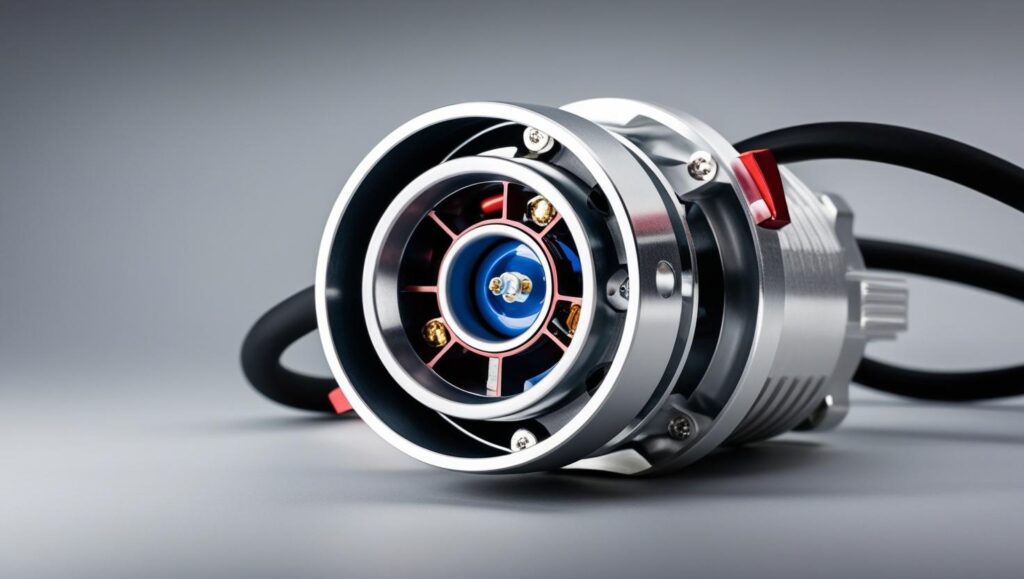
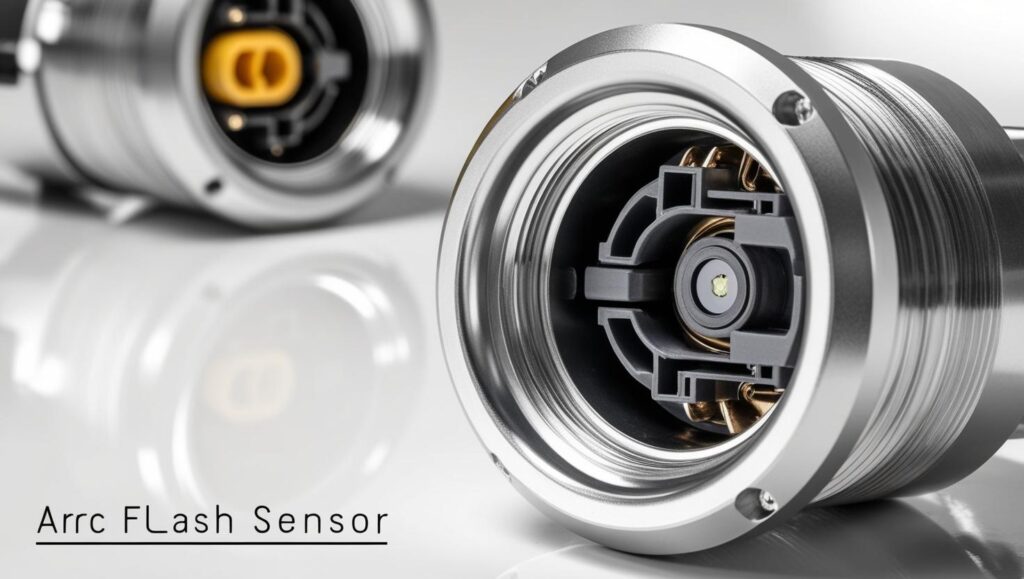
IoT Sensor Type | Core Function | Common Protocols | Common Technical Solutions |
Temperature Sensor | Measures temperature changes | MQTT, CoAP, Zigbee, BLE, LoRa | Edge processing, Wireless communication etc. |
Humidity Sensor | Measures relative humidity | MQTT, Zigbee, BLE, LoRa | Wireless data transmission, Local storage etc. |
Motion Sensor | Detects motion or movement | Zigbee, BLE, LoRa, MQTT | Edge processing, Wireless integration etc. |
Pressure Sensor | Measures force per unit are | MQTT, CoAP, Zigbee, LoRa | Cloud-based monitoring, Real-time analytics etc. |
Gas Sensor | Detects the presence of gases | Zigbee, LoRa, MQTT, BLE | Threshold alarms, Wireless communication etc. |
Light Sensor | Measures light intensity | Zigbee, BLE, MQTT, LoRa | Automated control, Edge processing etc. |
Accelerometer | Measures acceleration forces | Zigbee, BLE, LoRa, MQTT | Activity recognition, Edge data processing etc. |
Sound Sensor | Detects sound intensity | Zigbee, BLE, LoRa, MQTT | Noise detection, Wireless transmission etc. |
